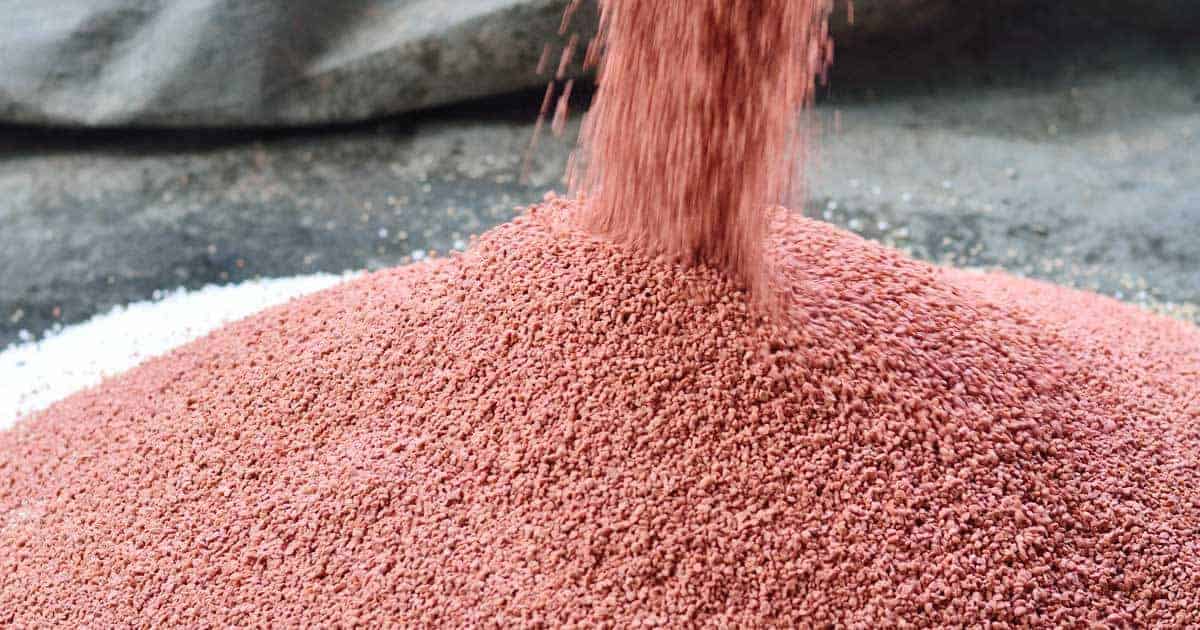

Articles
What Fertilizer Is High In Phosphorus
Modified: May 6, 2024
Discover the best articles on high phosphorus fertilizers for healthier plants and optimal growth. Learn about the importance of phosphorus and how to choose the right fertilizer.
(Many of the links in this article redirect to a specific reviewed product. Your purchase of these products through affiliate links helps to generate commission for Storables.com, at no extra cost. Learn more)
Introduction
Welcome to this comprehensive guide on fertilizers high in phosphorus. As a key nutrient for plant growth and development, phosphorus plays a vital role in supporting healthy root development, promoting flowering and fruiting, and increasing overall plant vigor. Whether you are a seasoned gardener looking to boost the phosphorus levels in your soil or a beginner seeking to understand the importance of this essential nutrient, this article will provide you with the necessary information.
Phosphorus is one of the primary macronutrients required by plants, along with nitrogen and potassium. It is involved in various physiological processes within plants, such as energy transfer, nutrient uptake, and DNA replication. Insufficient phosphorus can lead to stunted growth, reduced flower or fruit production, and overall poor plant health.
Identifying fertilizers that are high in phosphorus is crucial for gardeners and farmers alike to ensure the optimal growth of their crops and plants. There is a wide range of phosphorus-rich fertilizers available, both in organic and synthetic forms. By understanding the different types of high phosphorus fertilizers and their characteristics, you can make informed decisions on which product suits your specific needs.
This article will explore the various organic and synthetic fertilizers that are rich in phosphorus, their benefits, and factors to consider when choosing a phosphorus fertilizer. Additionally, we will provide recommendations on application and dosage and best practices to achieve the best results while using these fertilizers.
So, whether you’re looking to jumpstart flower production in your garden or aiming for a bountiful harvest, understanding the importance of phosphorus and selecting the right fertilizer is essential. Let’s delve into the world of high phosphorus fertilizers and discover the choices available to help you achieve your gardening goals.
Key Takeaways:
- Choosing the right phosphorus fertilizer is crucial for promoting healthy plant growth and flowering. Consider factors like soil test results, plant requirements, and environmental impact to make informed decisions and ensure safe and effective fertilization.
- Balancing organic and synthetic high phosphorus fertilizers, following recommended application guidelines, and implementing best practices such as soil preparation and water management are essential for promoting sustainable gardening practices and long-term soil health.
Read also: 8 Best High Phosphorus Fertilizer for 2024
Phosphorus in Plant Fertilizers
Phosphorus is a crucial nutrient for plants, playing a vital role in their overall growth and development. It is an essential component of plant DNA, RNA, and ATP (adenosine triphosphate). Adequate phosphorus levels in the soil are necessary for healthy root development, enhanced flowering and fruiting, and overall plant vigor.
Most soils naturally contain some phosphorus, but it may not always be in a readily available form for plants. That’s where fertilizers come in. Plant fertilizers are designed to supply essential nutrients like phosphorus to the soil, ensuring that plants have an adequate supply for optimal growth.
High phosphorus fertilizers are specifically formulated to provide plants with a concentrated source of phosphorus. They come in various forms, including organic and synthetic options, each with its own benefits and considerations.
Phosphorus in plant fertilizers is typically represented by the middle number in the N-P-K ratio, which stands for Nitrogen (N), Phosphorus (P), and Potassium (K). For example, a fertilizer with an analysis of 10-20-10 contains 10% nitrogen, 20% phosphorus, and 10% potassium. The higher the phosphorus number, the greater the concentration of phosphorus in the fertilizer.
It’s important to note that while phosphorus is vital for plant growth, excessive use of phosphorus fertilizers can have negative environmental impacts. Phosphorus runoff from fertilized soil can contribute to water pollution and harm aquatic ecosystems. Therefore, it’s crucial to apply phosphorus fertilizers judiciously and follow recommended application rates.
In the next sections, we’ll explore the importance of phosphorus for plant growth and delve into the different types of high phosphorus fertilizers available.
Importance of Phosphorus for Plant Growth
Phosphorus is an essential nutrient for plants and plays a critical role in their growth and development. It is involved in numerous physiological processes that are crucial for plant survival and productivity.
1. Root Development: Phosphorus is particularly important for promoting healthy root development. It stimulates root growth and helps plants establish a robust root system. This is crucial for efficient absorption of water and nutrients from the soil, enhancing the overall vigor and resilience of the plant.
2. Energy Transfer: Phosphorus is an integral component of ATP (adenosine triphosphate), the energy currency of cells. During photosynthesis, plants convert light energy into chemical energy in the form of ATP, which is necessary for various metabolic processes, including growth, reproduction, and nutrient uptake.
3. Flowering and Fruit Production: Phosphorus plays a vital role in regulating flowering and fruiting processes. A deficiency in phosphorus can lead to reduced flower formation, poor fruit set, and low yields. By ensuring an adequate supply of phosphorus, plants can produce more flowers and fruits, resulting in better crop productivity.
4. Nutrient Uptake: Phosphorus is involved in the uptake and transport of other essential nutrients, such as nitrogen and potassium. It facilitates the movement of these nutrients within the plant, ensuring they reach the appropriate tissues and organs where they are needed.
5. DNA and RNA Synthesis: Phosphorus is a key component of plant DNA and RNA molecules. These molecules are responsible for transmitting genetic information and controlling cellular processes. Adequate phosphorus levels are essential for proper DNA and RNA synthesis, enabling healthy growth and development at a genetic level.
6. Disease Resistance: Phosphorus plays a role in enhancing plant defense mechanisms. It strengthens cell walls and improves the plant’s ability to fend off diseases and pests. Plants with sufficient phosphorus levels are better equipped to withstand environmental stressors and mitigate the impact of pathogenic attacks.
Overall, phosphorus is crucial for plant growth, vitality, and productivity. It is an indispensable nutrient that directly influences various aspects of a plant’s life cycle. By ensuring an adequate supply of phosphorus through fertilization, gardeners and farmers can optimize their plant’s potential and achieve healthier, more productive crops.
Identifying High Phosphorus Fertilizers
When searching for high phosphorus fertilizers, it is important to know how to identify them. Fortunately, there are several ways to determine whether a fertilizer contains elevated levels of phosphorus. Here are some key aspects to consider:
1. N-P-K Ratio: The N-P-K (Nitrogen-Phosphorus-Potassium) ratio is a commonly used reference point for identifying the nutrient composition of fertilizers. Look for fertilizers with a higher phosphorus number (the second number in the ratio) compared to nitrogen and potassium. For example, a fertilizer with an N-P-K ratio of 10-20-10 indicates a higher concentration of phosphorus.
2. Phosphorus Percentage: Fertilizer packaging typically lists the percentage of phosphorus content. A higher concentration of phosphorus implies a high phosphorus fertilizer. Look for fertilizers with a relatively high phosphorus percentage compared to other nutrients.
3. Organic vs. Synthetic: Both organic and synthetic fertilizers can provide high levels of phosphorus. Organic fertilizers sourced from natural materials, such as bone meal or guano, often have higher phosphorus content. Synthetic fertilizers, produced through chemical processes, can also be formulated to have elevated phosphorus levels.
4. Specialized Formulations: Some fertilizers are specifically formulated for promoting flowering and fruiting. These formulations often contain higher levels of phosphorus to support these stages of plant development. Look for fertilizers labeled as “bloom boosters” or “flowering fertilizers.”
5. Analyzing Fertilizer Labels: The fertilizer label provides valuable information about nutrient content. Look for terms like “phosphorus,” “phosphate,” or “phosphoric acid” in the ingredient list or guaranteed analysis section. A higher presence of these components signals a high phosphorus fertilizer.
6. Soil Testing: Conducting a soil test is an effective way to assess the nutrient levels in your soil, including phosphorus. Soil testing provides insight into the specific nutrient deficiencies or excesses, allowing you to choose a fertilizer tailored to your soil’s needs.
It’s important to note that while high phosphorus fertilizers are beneficial for addressing phosphorus deficiencies, they should be used judiciously. Excessive application of phosphorus can lead to environmental issues, such as nutrient runoff and water pollution. Always follow the recommended application rates and consider factors like soil conditions, plant requirements, and environmental concerns when selecting and using high phosphorus fertilizers.
By understanding how to identify high phosphorus fertilizers, you can make informed decisions to meet your plant’s phosphorus needs, leading to healthier growth, better flowering, and increased productivity.
Common Fertilizers with High Phosphorus Content
When it comes to fertilizers with high phosphorus content, there are several common options available, catering to different gardening preferences and needs. These fertilizers can provide a concentrated source of phosphorus to support plant growth and development. Here are some of the commonly used high phosphorus fertilizers:
1. Bone Meal: Derived from ground animal bones, bone meal is an organic fertilizer with a high phosphorus content. It is composed of finely ground bones that are rich in calcium and phosphorus. Bone meal releases phosphorus slowly, making it suitable for long-term soil enrichment.
2. Guano: Guano refers to the accumulated excrement of seabirds and bats. It is a natural and organic fertilizer that is prized for its high phosphorus content. Guano provides not only phosphorus but also other essential nutrients, making it a well-rounded fertilizer option.
3. Rock Phosphate: Rock phosphate is a mined mineral source of phosphorus. It is a long-lasting slow-release fertilizer that provides a steady supply of phosphorus over time. It is often ground into a powder or granules and incorporated into the soil to enhance phosphorus levels.
4. Superphosphate: Superphosphate is a synthetic phosphorus fertilizer that is produced by treating rock phosphate with acid. This process creates a faster-release form of phosphorus that is readily available to plants. Superphosphate is available in both powdered and granular forms.
5. Triple Superphosphate: Triple superphosphate is a highly concentrated phosphorus fertilizer that is produced by further processing superphosphate. It contains a higher percentage of phosphorus compared to superphosphate. Triple superphosphate is commonly used in commercial agriculture for its high phosphorus content.
6. Phosphorus Fertilizer Tablets or Spikes: Fertilizer tablets or spikes are pre-measured units that can be inserted directly into the soil around the plant’s root zone. There are specific formulations available that focus on providing high levels of phosphorus to support flowering and fruiting plants.
7. High-Phosphorus Liquid Fertilizers: Liquid fertilizers formulated to have high phosphorus content are convenient options for foliar or root application. These fertilizers are easily absorbed by plants and can provide a quick boost of phosphorus to support growth and development.
When using fertilizers with high phosphorus content, it is crucial to follow the manufacturer’s instructions and recommended application rates. Consider factors such as soil conditions, plant requirements, and environmental concerns when selecting and applying these fertilizers.
Remember, a balanced approach to fertilizer use is essential for maintaining optimal plant health and minimizing environmental impacts. So, choose the high phosphorus fertilizer that suits your needs and apply it responsibly to promote healthy plant growth.
Read also: 15 Best Phosphorus Fertilizer for 2024
Organic Fertilizers Rich in Phosphorus
Organic fertilizers provide a natural and sustainable approach to enriching the soil with essential nutrients, including phosphorus. They offer numerous benefits, such as improving soil health, promoting microbial activity, and reducing chemical inputs. If you prefer organic gardening practices, here are some organic fertilizers that are rich in phosphorus:
1. Bone Meal: Bone meal is a popular organic fertilizer known for its high phosphorus content. Made from ground animal bones, it is an excellent source of organic phosphorus. Bone meal slowly releases phosphorus into the soil, providing a steady supply for plant uptake. It also contains calcium, which is beneficial for plant growth and cell development.
2. Guano: Guano, also known as bird or bat droppings, is a nutrient-rich organic fertilizer that is prized for its high phosphorus content. It is produced in natural habitats where birds or bats gather in large numbers. Guano provides not only phosphorus but also other essential nutrients like nitrogen and potassium, making it a well-rounded organic fertilizer option.
3. Fish Emulsion: Fish emulsion is a liquid organic fertilizer that is made from processed fish by-products or whole fish. It is an excellent source of phosphorus as well as other nutrients like nitrogen and trace minerals. Fish emulsion is readily available for plant uptake and can be applied as a foliar spray or soil drench.
4. Seaweed and Kelp Fertilizers: Seaweed and kelp are algae-based organic fertilizers that naturally contain high levels of phosphorus. They are harvested from coastal areas and processed to produce liquid or powdered fertilizers. In addition to phosphorus, seaweed and kelp fertilizers offer a wide range of micronutrients, growth hormones, and beneficial compounds that promote plant growth and overall health.
5. Compost: Compost is a valuable organic fertilizer and soil amendment that can improve soil fertility and structure. While compost may not have as high phosphorus content as other organic fertilizers on this list, it helps replenish and maintain phosphorus levels in the soil over time. Compost provides a slow and steady release of nutrients, including phosphorus, while enhancing soil health and supporting beneficial soil microorganisms.
6. Rock Phosphate: Rock phosphate, while considered a mined mineral, is also considered an organic fertilizer as it is derived from natural sources. It is a slow-release fertilizer rich in phosphorus. Rock phosphate is typically ground into powder or granules and can be applied directly to the soil or incorporated into compost or other organic fertilizers.
When using organic fertilizers, it’s important to follow the recommended application rates and guidelines. Organic fertilizers release nutrients slowly and require microbial activity in the soil to break them down and make them available to plants. Regular soil testing can help monitor the nutrient levels in the soil and guide the appropriate application of organic fertilizers.
By using organic fertilizers rich in phosphorus, you can foster healthy plant growth while promoting sustainable and environmentally friendly gardening practices.
Bone meal is a natural fertilizer high in phosphorus. It’s a great option for promoting strong root growth and flowering in plants. Just be sure to follow the application instructions on the packaging.
Synthetic Fertilizers with High Phosphorus Levels
Synthetic fertilizers are manufactured through chemical processes to provide plants with specific nutrients, including phosphorus. While organic options are popular among gardeners, synthetic fertilizers can also be effective in delivering high levels of phosphorus. Here are some common synthetic fertilizers with high phosphorus levels:
1. Superphosphate: Superphosphate is a synthetic fertilizer that is created by treating rock phosphate with sulfuric acid or phosphoric acid. This process converts the insoluble phosphorus in rock phosphate into a water-soluble form that is readily available to plants. Superphosphate usually has high phosphorus content and can quickly provide plants with the required nutrient. It comes in both powder and granule forms and is suitable for all types of gardens.
2. Triple Superphosphate: Triple superphosphate is a highly concentrated synthetic fertilizer containing even higher levels of phosphorus compared to superphosphate. It undergoes further processing to increase the concentration of available phosphorus. Triple superphosphate is commonly used in commercial agriculture for crops that require a significant amount of phosphorus throughout their growth cycle.
3. Monoammonium Phosphate (MAP): Monoammonium phosphate is a synthetic fertilizer that contains both phosphorus and nitrogen. It is highly soluble in water, making it easily absorbed by plants. MAP is often used at the beginning of the growing season to provide an initial boost of phosphorus and nitrogen, promoting early plant growth and development.
4. Diammonium Phosphate (DAP): Diammonium phosphate is another synthetic fertilizer that contains phosphorus and nitrogen. Like MAP, it is highly soluble and provides plants with readily available nutrients. DAP is commonly used as a starter fertilizer to support seedling establishment and early plant growth. It is particularly beneficial for crops with high phosphorus requirements.
5. NPK Blends: Synthetic fertilizers are commonly sold as NPK blends, containing a balanced mix of nitrogen, phosphorus, and potassium. These blends often have specific formulations for different plant needs, including high phosphorus content for flowering and fruiting plants. NPK blends provide a convenient way to supply essential nutrients in the desired ratio to meet specific plant requirements.
6. Phosphorus Liquid Fertilizers: Synthetic liquid fertilizers specifically formulated with high phosphorus levels are available for easy application. These liquid fertilizers can be used as a foliar spray or applied directly to the soil, providing a quick supply of phosphorus to the plants.
Synthetic fertilizers with high phosphorus levels are designed to deliver an immediate nutrient boost to plants. When using these fertilizers, it is important to carefully follow the manufacturer’s instructions and recommended application rates. Applying excessive amounts of synthetic fertilizers can have negative environmental impacts, so it’s essential to use them responsibly and consider factors like soil conditions and plant requirements.
Synthetic fertilizers can be a valuable tool in providing plants with the necessary phosphorus for their growth and development. However, it is important to strike a balance between synthetic and organic fertilizers to promote sustainable gardening practices and maintain long-term soil health.
Factors to Consider When Choosing a Phosphorus Fertilizer
When selecting a phosphorus fertilizer for your plants, it’s important to consider several factors to ensure you choose the right product that meets your gardening needs. Here are some key factors to consider when choosing a phosphorus fertilizer:
1. Soil Test Results: Conducting a soil test is a fundamental step before fertilizing. A soil test provides valuable information about the nutrient levels in your soil, including phosphorus. Understanding your soil’s nutrient composition will help you determine if your plants require additional phosphorus and in what quantities.
2. Plant Requirements: Different plants have varying phosphorus requirements. Some plants, such as flowering or fruiting plants, have a higher demand for phosphorus compared to others. Consider the specific needs of your plants and choose a phosphorus fertilizer that aligns with their requirements.
3. Fertilizer Form: Phosphorus fertilizers come in various forms, including granules, powders, liquids, spikes, and tablets. Consider the form that is most convenient for your gardening needs. Granular fertilizers are generally easy to apply and provide a slow-release of nutrients, while liquid fertilizers offer quicker absorption.
4. Release Rate: Phosphorus fertilizers can have different release rates, which determine how quickly the nutrient is available to plants. Some fertilizers release phosphorus slowly over time, providing a steady supply, while others release it more rapidly. Consider the growth stage of your plants and their nutrient requirements to choose the appropriate release rate.
5. Organic vs. Synthetic: Decide whether you prefer organic or synthetic fertilizers. Organic fertilizers are derived from natural sources and often contain additional beneficial compounds. They release nutrients slowly and contribute to long-term soil health. Synthetic fertilizers, on the other hand, provide instant nutrient availability and can be formulated with specific nutrient concentrations.
6. Environmental Impact: Consider the environmental impact of the fertilizer you choose. Phosphorus runoff can contribute to water pollution and harm aquatic ecosystems. To minimize environmental impact, choose a fertilizer with low potential for nutrient runoff, follow recommended application rates, and avoid over-fertilizing.
7. Nutrient Balance: It’s important to maintain a balance of essential nutrients in your soil. While phosphorus is crucial, it is just one of the many nutrients required by plants. Consider fertilizers with balanced N-P-K ratios to ensure your plants receive a well-rounded nutrient supply.
8. Cost and Availability: Evaluate the cost and availability of the phosphorus fertilizer options. Compare prices and packaging sizes to determine the most economical choice for your gardening needs. Consider the availability of the fertilizer in your area or whether online purchase is a viable option.
By considering these factors, you can make an informed decision when choosing a phosphorus fertilizer. Remember to follow the manufacturer’s instructions for proper application and use fertilizers responsibly to promote healthy plant growth and environmental sustainability.
Application and Dosage Recommendations
When applying phosphorus fertilizers, it’s important to follow recommended guidelines to ensure effective and safe usage. Here are some application and dosage recommendations to consider:
1. Soil Preparation: Before applying phosphorus fertilizer, ensure that the soil is properly prepared. Remove any weeds or debris from the area, and loosen the soil to facilitate nutrient uptake. If necessary, conduct a soil test to determine the nutrient levels and adjust the pH if needed.
2. Recommended Dosage: Refer to the fertilizer packaging or product instructions for the recommended dosage. The correct dosage will depend on factors such as the plant type, soil conditions, and the specific fertilizer being used. Follow the instructions carefully to avoid over- or under-application.
3. Application Timing: The timing of phosphorus fertilizer application depends on the plant’s growth stage and specific needs. For flowering and fruiting plants, it is often beneficial to apply fertilizers with higher phosphorus content before the blooming or fruiting stage to support optimal growth and development.
4. Application Methods: Phosphorus fertilizers can be applied using different methods, including broadcasting, top-dressing, or banding. Broadcasting involves spreading the fertilizer evenly across the soil surface, while top-dressing involves applying the fertilizer around the base of the plants. Banding refers to placing the fertilizer in a narrow band alongside the plant’s row or in planting holes. Choose the method that suits your gardening practices and the specific plant’s requirements.
5. Incorporation into Soil: Some granular fertilizers benefit from being incorporated into the soil. After application, gently rake or water the fertilizer into the soil to ensure it reaches the plant’s root zone effectively. This helps minimize nutrient loss and enhances nutrient accessibility for plants.
6. Watering After Application: After applying phosphorus fertilizer, water the area thoroughly. Watering helps the fertilizer dissolve and move into the root zone, making nutrients more accessible to the plants. However, avoid excessive watering, as it may cause nutrient leaching.
7. Frequency of Application: The frequency of phosphorus fertilizer application varies based on factors such as plant type, soil fertility, and specific fertilizer formulation. Some fertilizers release nutrients slowly, requiring less frequent application, while others may need multiple applications during the growing season. Follow the recommended guidelines provided by the manufacturer for optimal results.
8. Monitoring Plant Response: Regularly monitor the plants’ response to the applied fertilizer. Look for signs of healthy growth, such as increased foliage, improved flowering, or enhanced fruit production. Adjust the fertilizer application if necessary, considering factors like plant health, nutrient deficiencies, and plant growth patterns.
It’s important to note that over-application of phosphorus fertilizers can lead to nutrient imbalances and environmental pollution. Always follow the recommended dosage and avoid excessive use. Keep in mind that soil testing can provide valuable information on nutrient levels, allowing for precise and targeted fertilizer application.
By following these application and dosage recommendations, you can ensure that your plants receive the optimal amount of phosphorus fertilizer for their growth and development, promoting healthy and robust plant growth.
Read more: What Is A High Nitrogen Fertilizer
Precautions and Best Practices
While using phosphorus fertilizers can be highly beneficial for plant growth, it is important to follow certain precautions and best practices to ensure safe and effective application. Here are some precautions and best practices to keep in mind:
1. Read and Follow Instructions: Before using any phosphorus fertilizer, carefully read and follow the instructions provided by the manufacturer. Pay attention to dosage recommendations, application methods, and safety precautions mentioned on the packaging.
2. Wear Protective Gear: When handling phosphorus fertilizers, it is advisable to wear protective gear such as gloves, goggles, and a mask to prevent direct contact with the skin, eyes, and respiratory system. This precaution helps minimize any potential health risks associated with fertilizer handling.
3. Store Safely: Properly store phosphorus fertilizers in a cool, dry place away from children, pets, and food items. Follow local guidelines for safe storage and disposal. Keep fertilizers in their original containers and avoid transferring them into unmarked or inappropriate containers.
4. Avoid Over-Fertilizing: Applying excessive amounts of phosphorus fertilizer can lead to nutrient imbalances, environmental pollution, and plant health issues. Always follow the recommended dosage and application rates to prevent over-fertilizing. Conduct regular soil tests to monitor nutrient levels and adjust the application as necessary.
5. Consider Nutrient Interactions: Understand the interactions between different nutrients to ensure a balanced approach to fertilization. Excessive phosphorus application may affect the uptake of other essential nutrients by plants. Maintain a proper nutrient balance by incorporating organic matter and regularly monitoring nutrient levels in the soil.
6. Water Management: Proper water management is crucial when using phosphorus fertilizers. Overwatering can lead to nutrient leaching, where phosphorus is washed away from the root zone, reducing its availability to plants. Follow appropriate watering practices, considering the specific requirements of your plants and the type of soil you have.
7. Environmental Impact: Be mindful of the environmental impact of phosphorus fertilizers. Over-application or mismanagement of fertilizers can lead to nutrient runoff, water pollution, and harm to aquatic ecosystems. Follow recommended application rates, avoid applying fertilizers near water bodies, and consider using slow-release or controlled-release fertilizers to minimize environmental impact.
8. Soil Health and Organic Alternatives: To promote long-term soil health, consider incorporating organic fertilizers, compost, and other organic matter into your gardening practices. Organic options provide a slow-release of nutrients, improve soil structure, and support beneficial soil microorganisms.
9. Regular Monitoring: Continuously monitor your plants for signs of nutrient deficiencies or excesses. Look for yellowing leaves, stunted growth, or other symptoms that may indicate a need for more or less phosphorus. Regular soil testing can provide valuable information on nutrient levels, guiding you in making informed decisions regarding phosphorus fertilization.
By following these precautions and best practices, you can maximize the benefits of phosphorus fertilizers while minimizing potential risks and ensuring a sustainable approach to gardening. Remember, responsible fertilizer use helps maintain healthy plants, protect the environment, and promote long-term soil productivity.
Conclusion
Phosphorus is a vital nutrient for plant growth and development, playing a crucial role in root development, energy transfer, flowering, and fruit production. To provide plants with adequate phosphorus levels, choosing the right fertilizer is essential.
Throughout this comprehensive guide, we have explored different types of fertilizers that are high in phosphorus. Organic options such as bone meal, guano, and seaweed fertilizers offer sustainable choices for gardeners, promoting soil health and providing a holistic approach to plant nutrition.
On the other hand, synthetic fertilizers like superphosphate, triple superphosphate, and NPK blends offer concentrated sources of phosphorus, delivering instant nutrients to plants. These fertilizers are convenient and can be tailored to specific plant requirements.
When choosing a phosphorus fertilizer, it’s important to consider factors such as soil test results, plant requirements, fertilizer form, release rate, and environmental impact. Following recommended application and dosage guidelines, as well as implementing best practices such as soil preparation, proper storage, and water management, ensures safe and effective fertilization.
Remember to be cautious with over-fertilization, monitor plant response, and maintain a balanced approach to nutrient management. Regular soil testing, along with organic practices and sustainable gardening principles, contribute to long-term soil health and environmental stewardship.
By understanding the importance of phosphorus and selecting the appropriate fertilizer, you can support healthy plant growth, robust flowering, and bountiful fruit production. Whether you choose organic or synthetic fertilizers, responsible fertilization practices will lead to thriving gardens, increased crop yields, and a greener, more sustainable future.
Now armed with knowledge about high phosphorus fertilizers, you can confidently take your gardening endeavors to the next level, ensuring your plants receive the optimal supply of this essential nutrient for their overall health and vitality.
Excited about boosting your garden's bloom potential next year? Dive into our detailed review on the best bloom boosters for 2024. This article offers savvy insights and expert tips to ensure your floral displays are the envy of the neighborhood. Perfect for gardeners aiming to maximize flower power, our recommendations will help you nurture stunning, vibrant blooms.
Frequently Asked Questions about What Fertilizer Is High In Phosphorus
Was this page helpful?
At Storables.com, we guarantee accurate and reliable information. Our content, validated by Expert Board Contributors, is crafted following stringent Editorial Policies. We're committed to providing you with well-researched, expert-backed insights for all your informational needs.

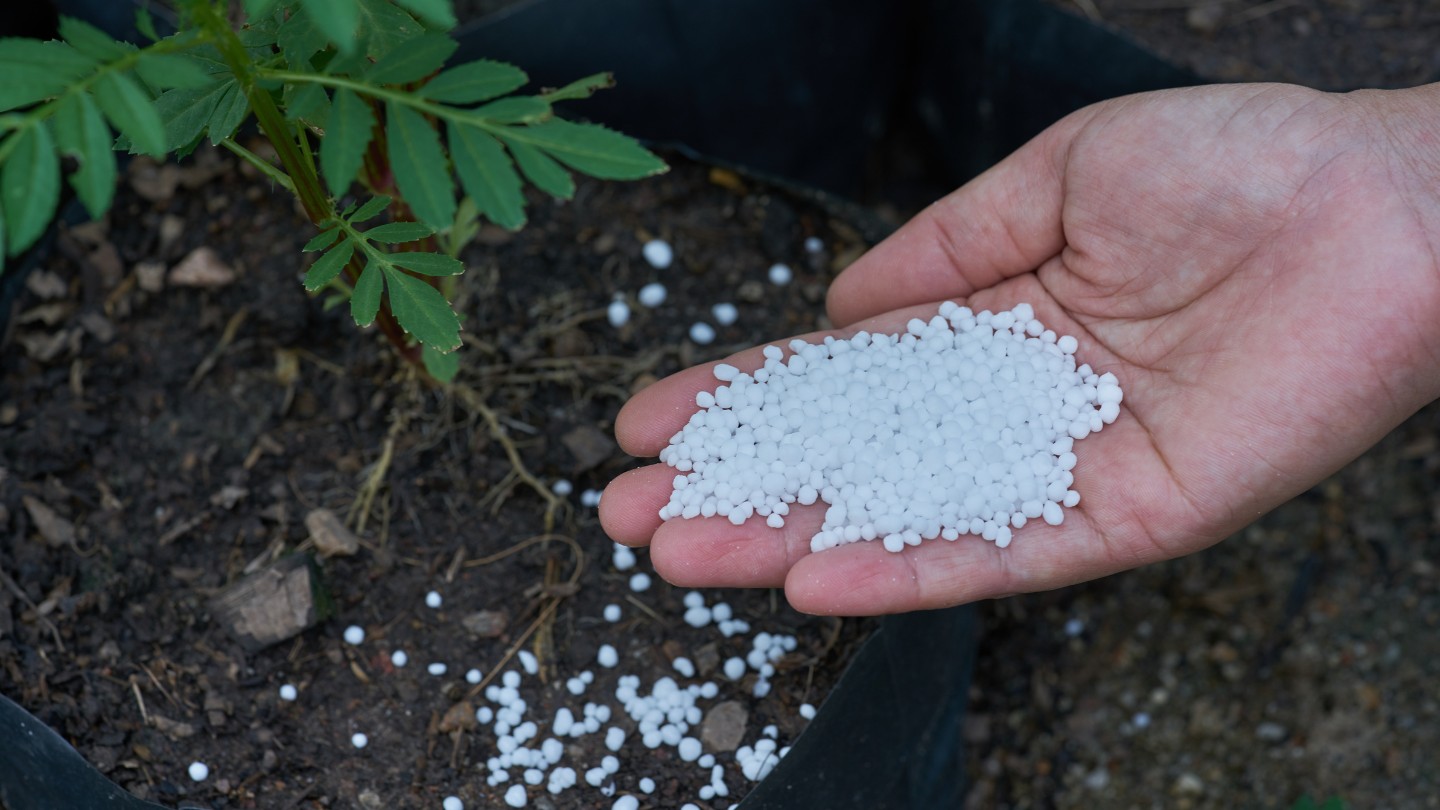
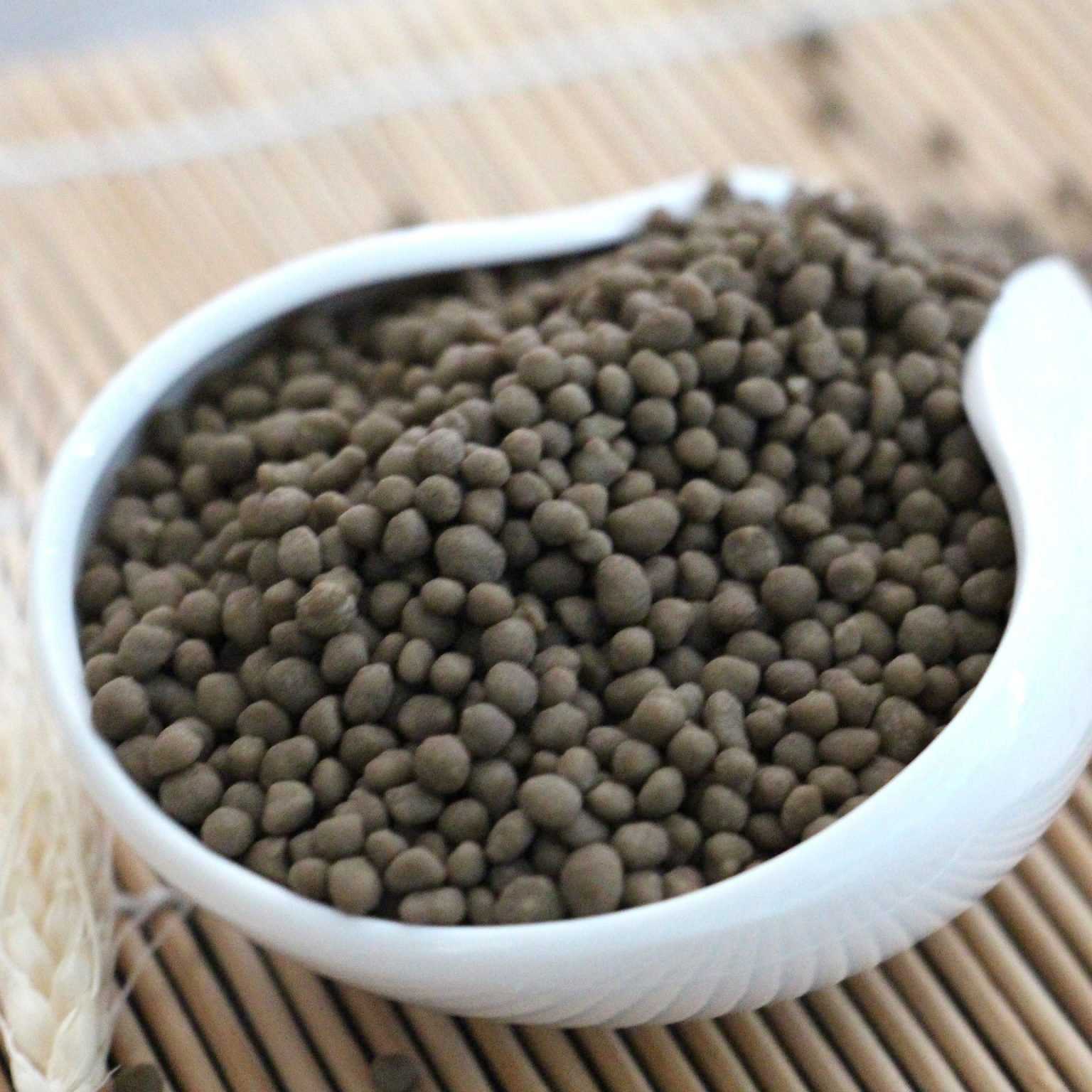

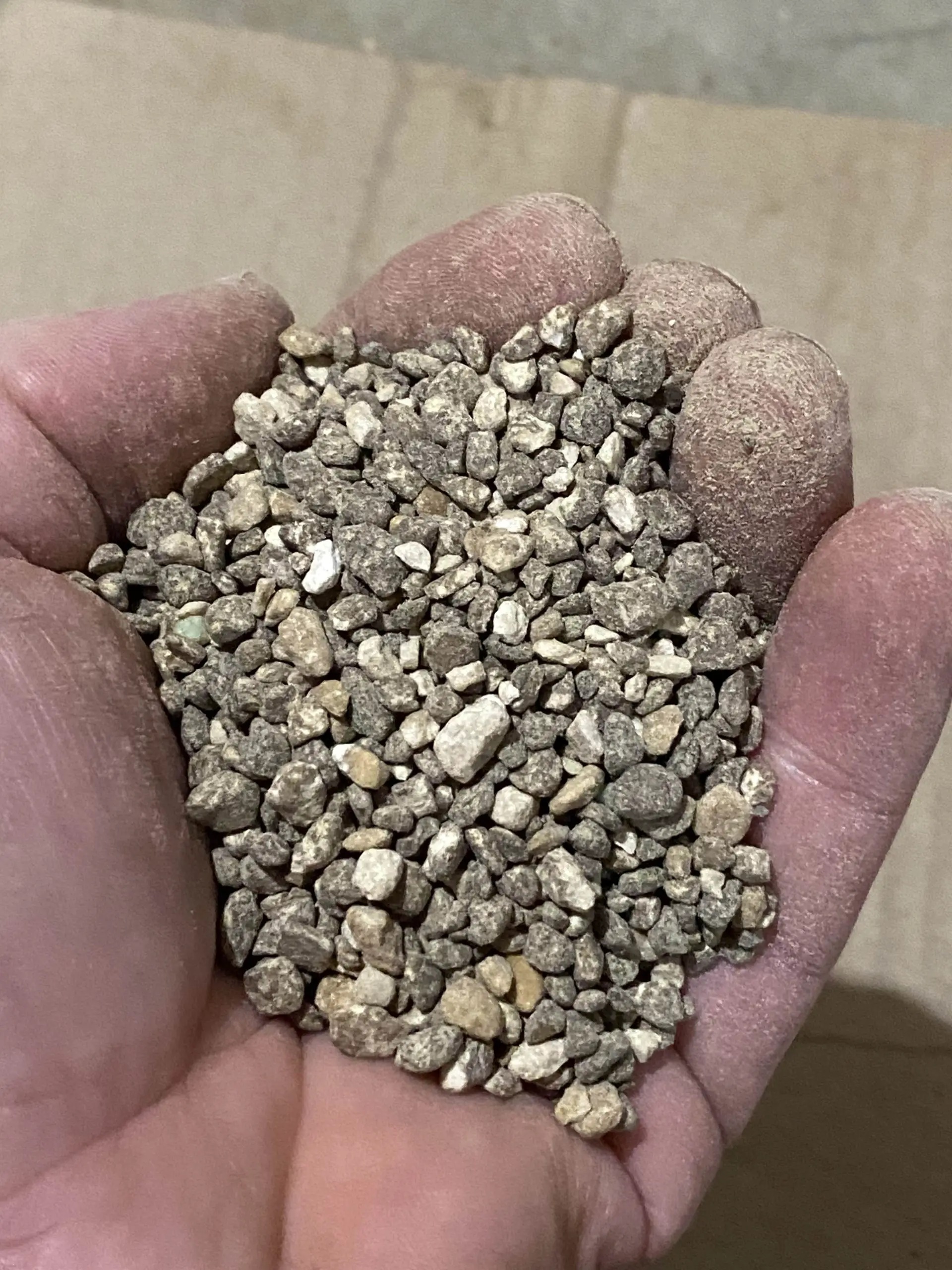
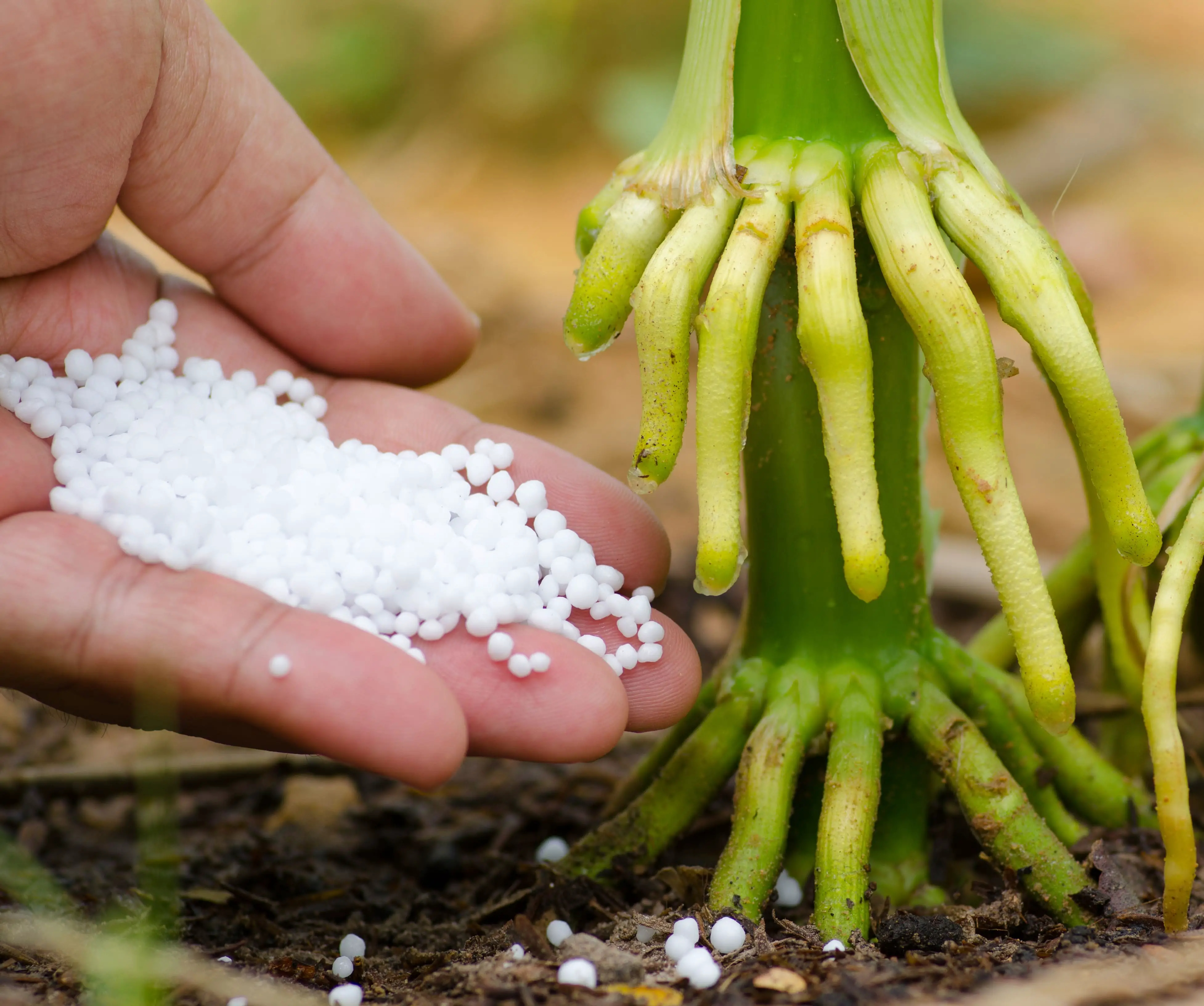
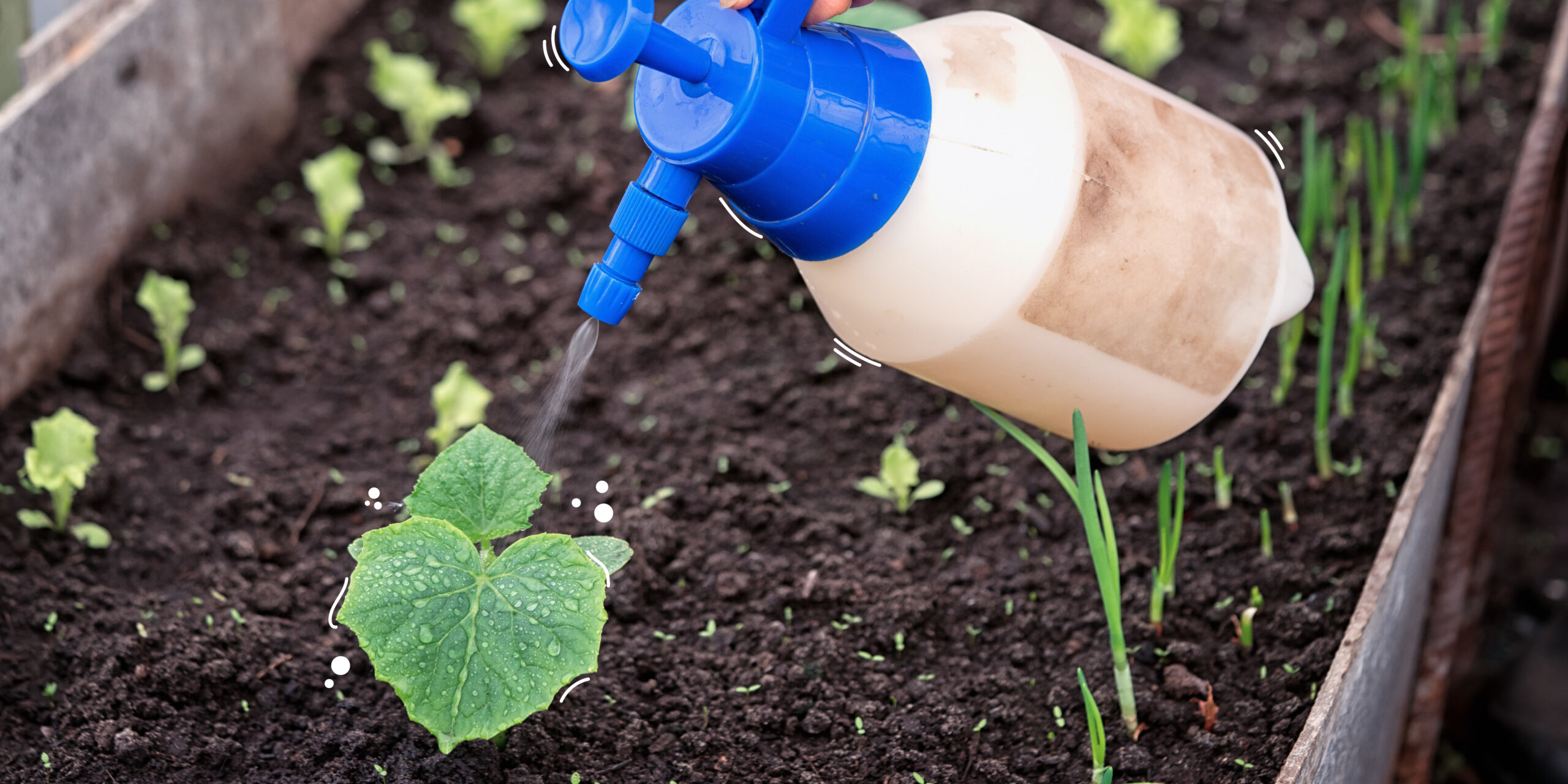
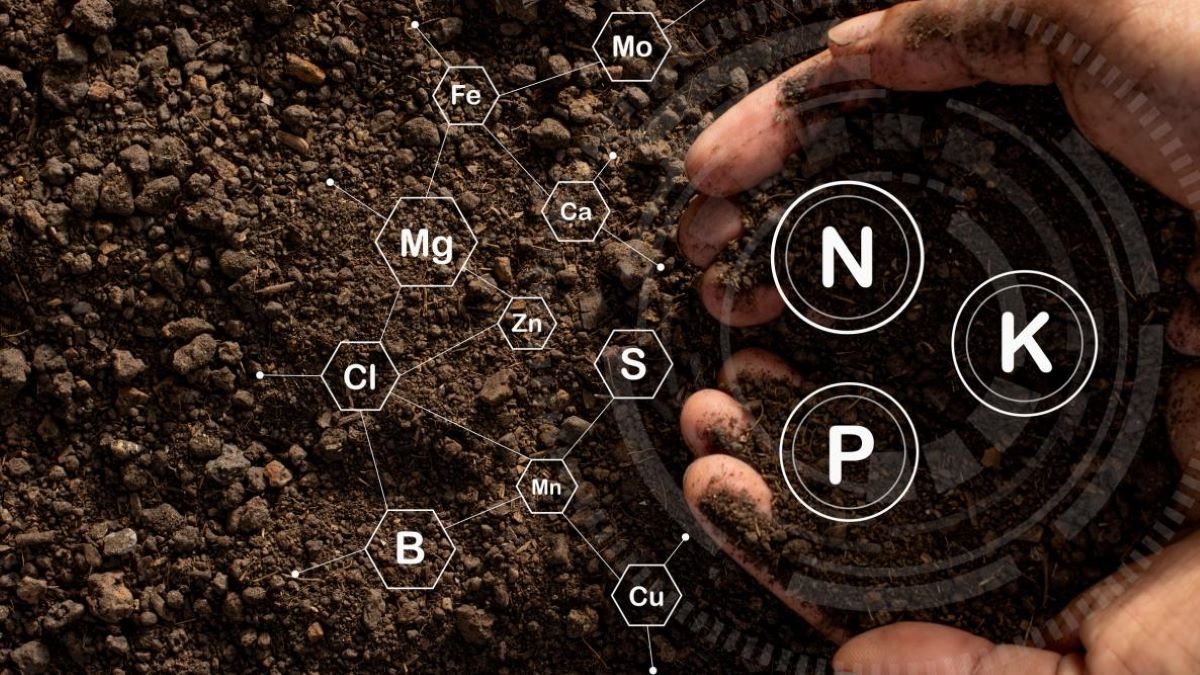
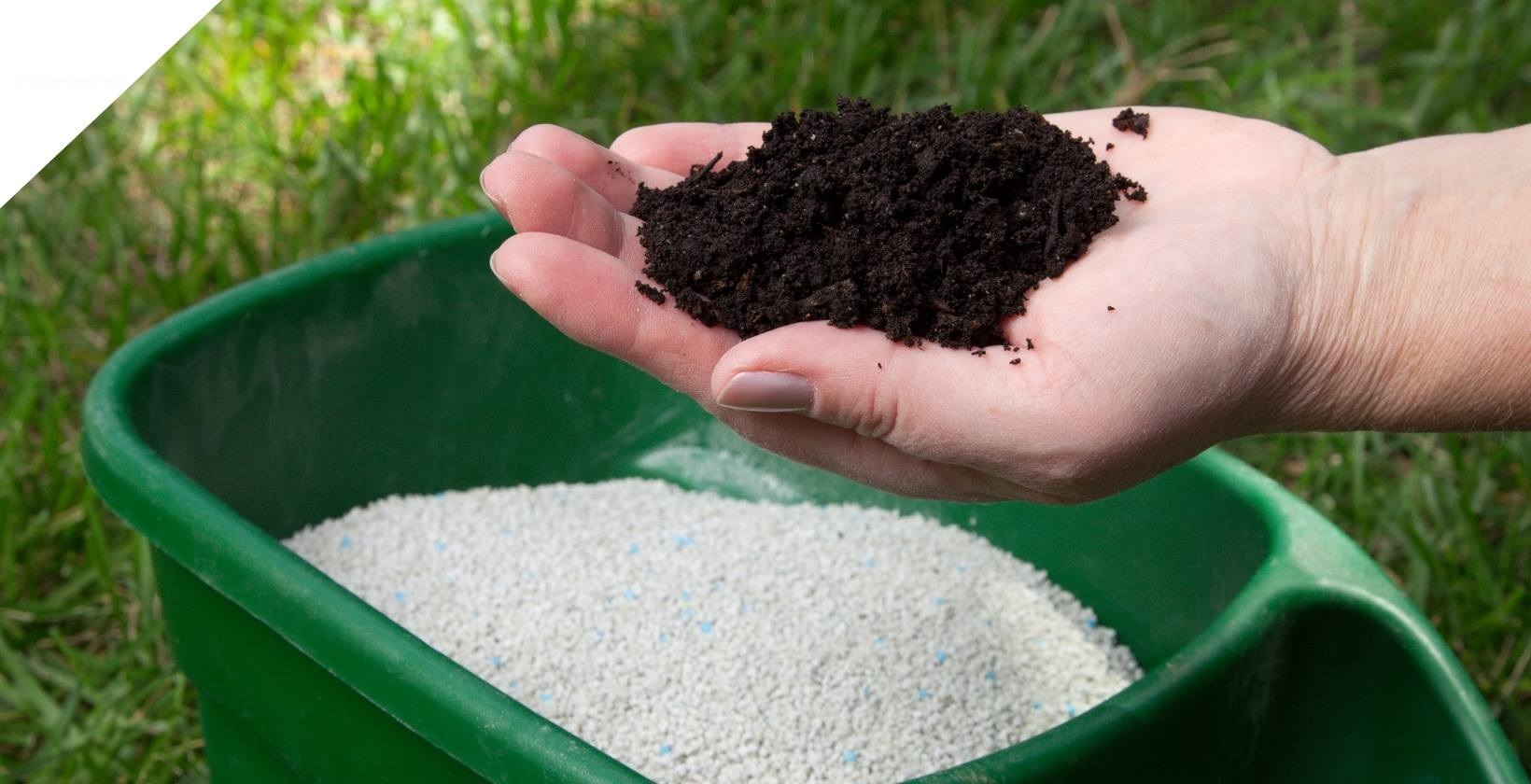
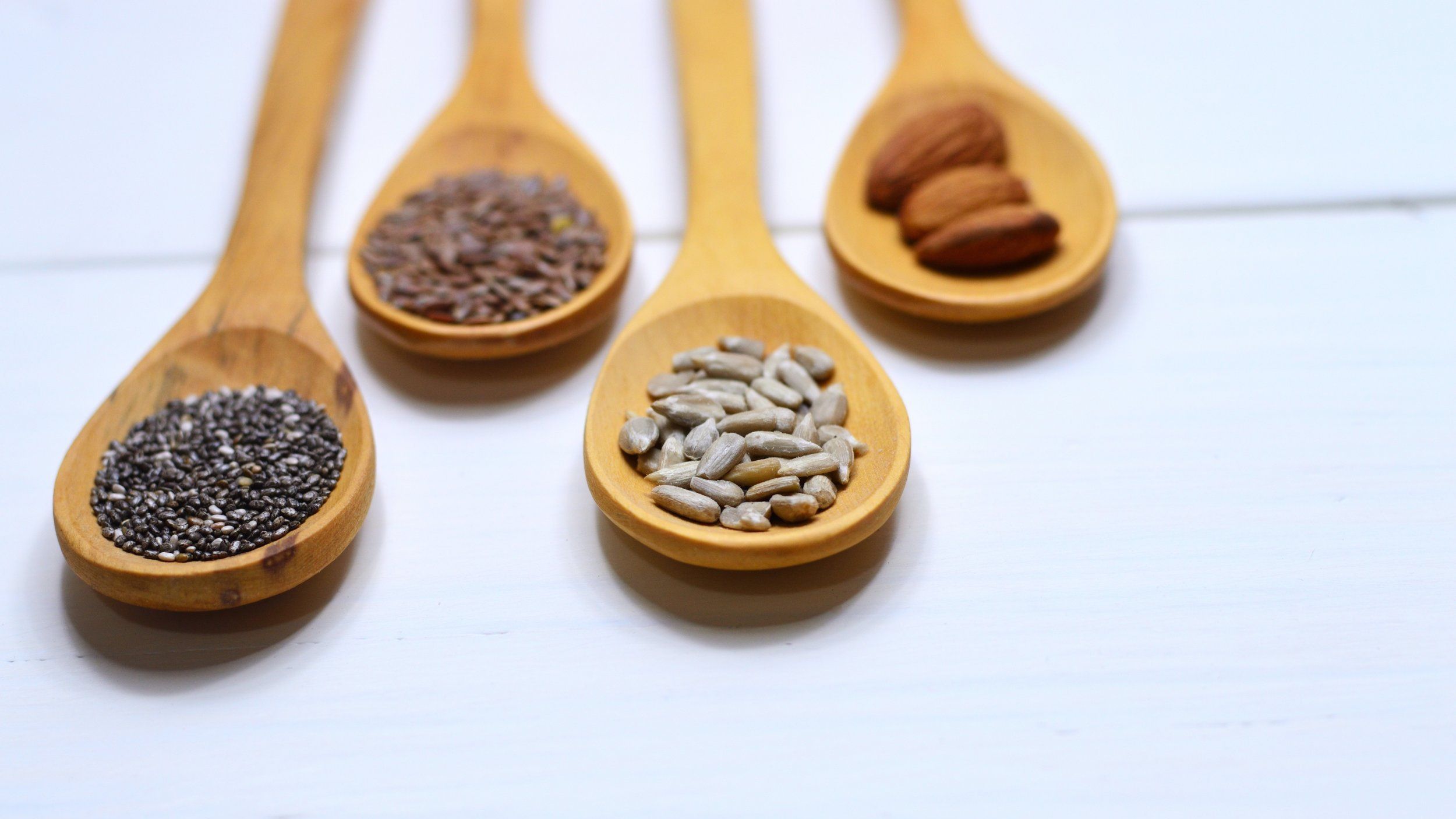


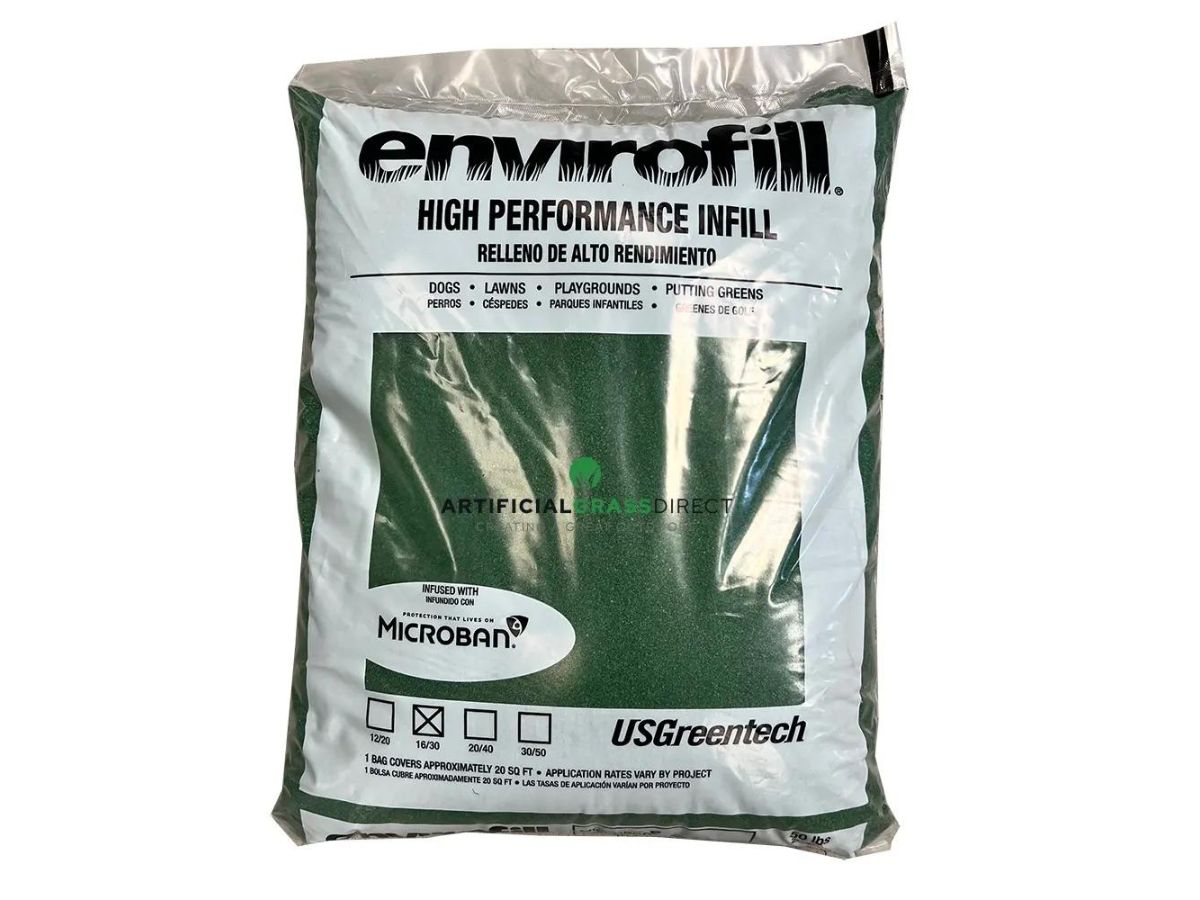

0 thoughts on “What Fertilizer Is High In Phosphorus”